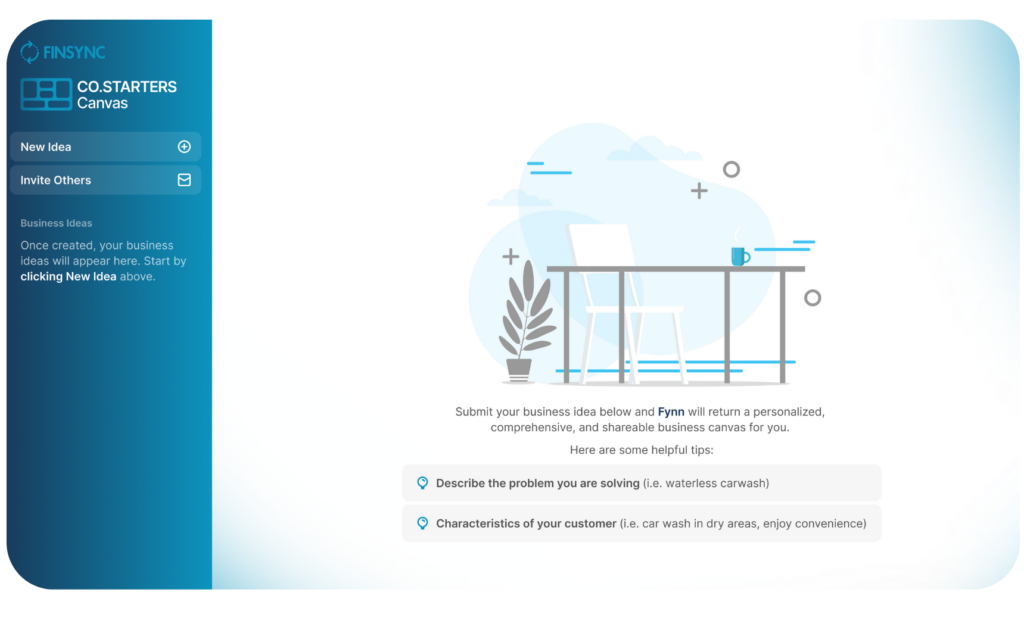Stop the frantic chase for the next new customer. Could the key to unlocking sustainable growth for your small business be the relationships you have already built? It is time to shift focus and offer a magnetic customer experience (CX). Improving every customer interaction with your business will create lasting relationships, increase revenue, and stand out from the competition. Ready to cultivate connections that count?
What is a Customer Experience Strategy?
A customer experience strategy is a plan that outlines how your business will deliver a positive, seamless experience to customers at every touchpoint. It includes everything from your website and customer service to how your products or services are offered. A good CX strategy focuses on creating value for the customer, ensuring that their experience with your brand is consistently positive.
The components of a customer experience strategy include:
• Understanding your customers’ needs and preferences
• Mapping out their journey with your business
• Offering personalized interactions
• Ensuring consistency across all channels
• Gathering feedback and using it to improve
When developing a CX strategy, you invest in long-term customer loyalty. You are also ensuring that your business meets your customers’ expectations in a way that encourages repeat business and word-of-mouth referrals.
Where CX Directly Impacts Your Growth
Customer experience directly impacts your business’s success. Satisfied customers are likelier to return, spend more, and refer others. A negative experience, however, can result in churn and damaging reviews that hurt your reputation.
A study by Bain & Company indicates that increasing customer retention by just 5% can lead to profit increases ranging from 25% to 85%, depending on the industry. Word-of-mouth, driven by positive experiences, is one of the most powerful marketing tools. When customers have a great experience with your brand, they spread the word, bringing in new business and building trust in your brand.
Crafting an Effective Customer Experience Strategy
Creating a customer experience strategy is easier than it might seem. Here’s a simple guide to help you build one that works for your business.
Step 1: Understand Your Customers
To develop a successful strategy, you must first understand your customers, their wants, and their challenges. Gather insights through customer surveys, interviews, data analytics, reviews, and social media. Once you have this information, segment your customers to tailor your approach and provide a more personalized experience.
Step 2: Map the Customer Journey
Map out the key stages of the customer journey:
• Awareness: How do customers discover your business?
• Consideration: What factors influence their decision to buy?
• Purchase: How smooth is the buying process?
• Post-purchase: Do you follow up or offer support?
Identifying these stages helps you spot areas to improve and create a better overall experience.
Step 3: Create Personalization and Consistency
Personalize interactions by addressing customers by name, recommending products, or offering discounts. However, personalization should go beyond communication; it should make the entire customer journey feel unique to each person. Consistency across all customer interactions is essential to ensure customers have a seamless experience, whether they interact with you online, over the phone, or in person.
Step 4: Prioritize Customer Feedback
Customer feedback is essential for refining your strategy. Make it easy for customers to share their thoughts through surveys, reviews, and direct engagement. Act on their feedback, mainly when multiple customers discuss the same issue. You build trust and loyalty by showing that you listen and make changes.
Step 5: Develop an Action Plan for Continuous Improvement
Your strategy should evolve over time. Track key metrics like customer satisfaction (CSAT), Net Promoter Score (NPS), and retention rates to measure success. Regularly review your strategy and adjust it as needed, keeping up with market trends and new technologies to continue improving the customer experience.
Overcoming Common Challenges
Implementing a customer experience strategy can come with hurdles, but you can overcome them with a focused approach.
Challenge 1: Limited Resources
As a small business, you may have limited resources, but you can still succeed by focusing on high-impact areas. Invest in affordable tools for automation and streamline communication. Prioritize the elements that directly affect customer satisfaction.
Challenge 2: Aligning Teams
Customer experience is a company-wide effort. Ensure that all departments, including marketing, sales, and operations, are aligned to deliver a consistent experience. Encourage regular communication and collaboration across teams.
Challenge 3: Maintaining Consistency
Consistency across channels can be difficult but is crucial. Establish clear guidelines for your brand’s tone, messaging, and customer service. Use customer data to ensure a cohesive, personalized experience across all points of contact.
Real-World Examples
Many small businesses have successfully implemented customer experience strategies that delivered significant results. For instance, Stitch Fix, an online personal styling service, utilizes data-driven algorithms to personalize the shopping experience. By analyzing customer preferences, sizes, and purchase history, Stitch Fix curates individualized clothing selections for each client.
In another case, Amarra, a distributor of special-occasion gowns, improved its customer experience by integrating AI into its operations. This idea resulted in quicker content updates, ensuring customers had access to the latest styles. These enhancements led to a smoother, more efficient experience for customers, building satisfaction and loyalty.
These examples highlight how even small changes to your customer experience can make a big difference.
Conclusion
Your customer experience isn’t a side project; it is the engine of lasting success. By understanding, personalizing, and consistently elevating every customer touchpoint, you build more than just sales: you build loyalty that endures. Don’t overthink it. A CX strategy, driven by your customers’ needs, is your most potent tool for sustained growth and staying ahead of the curve. It is time to make their experience your competitive edge.
Fynn Moves Your Business Forward Faster
Meet Fynn, your AI assistant, built to simplify business planning, funding, operations, and growth. With a fully connected Business Platform and Financial Network, Fynn helps you turn ideas into action, secure funding, streamline operations, and accelerate success.
From business planning to seamless execution and smarter financial connections, Fynn keeps everything and everyone in sync—so you can focus on what truly matters, in business and in life.















